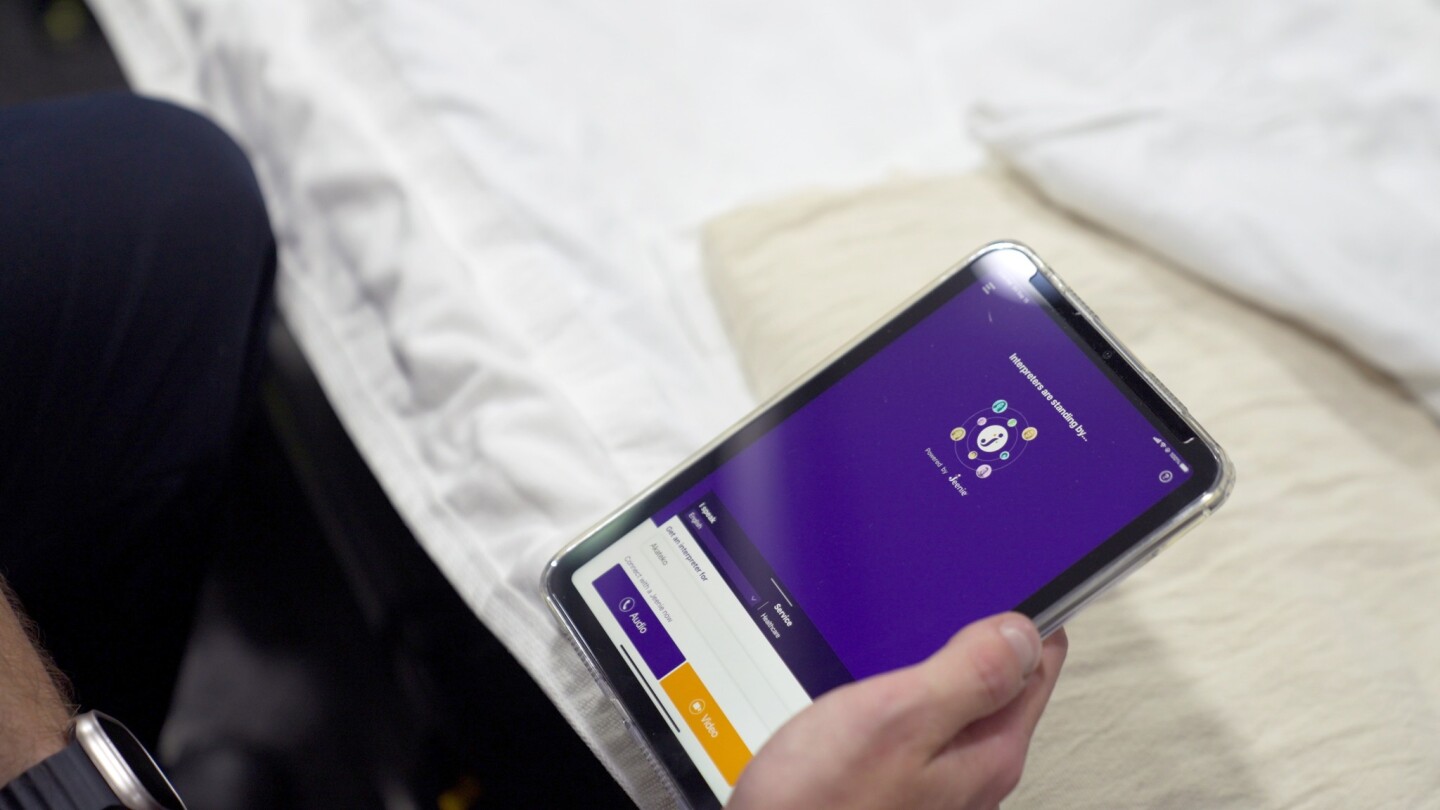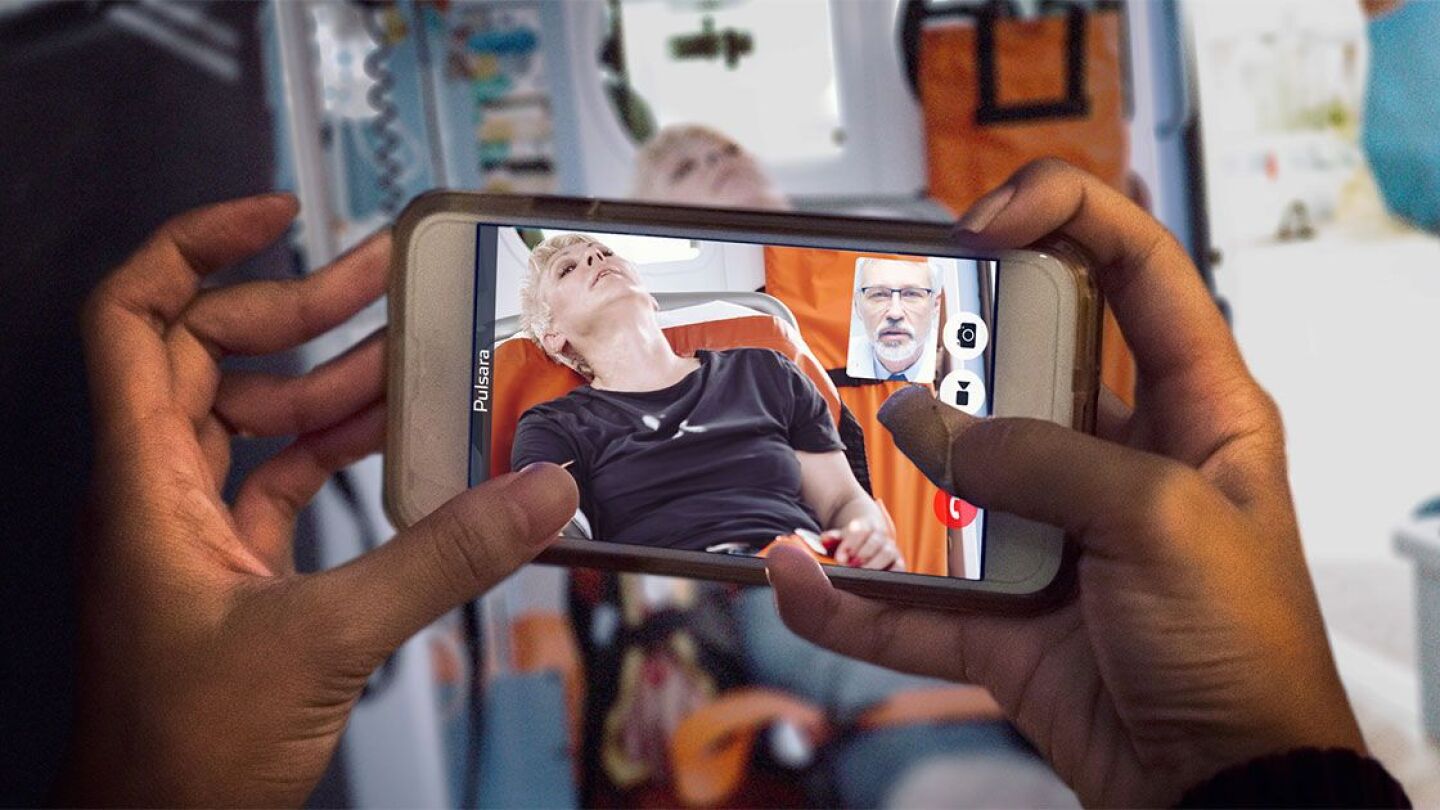Telemedicine
Often, transportation is a barrier to receiving healthcare, which means EMS become that transportation even when the medical problem itself is non-urgent. Telemedicine, using technology to connect patients to healthcare practitioners remotely, can be used to triage patients, decreasing non-emergent ambulance transports, or to enable a higher level of care when access or distance prevent physical assessment.
Communication applications, tech allow real-time feedback on critically ill patients; enable error-insulated hospital reporting
New capabilities will change how care is delivered – and agencies need to adapt
Engaging payers, the medical director, administrators and field providers was key to MedStar’s successful telehealth implementation
The Mayo Clinic and OPTAC-X test wearable tech to allow doctors to see what EMTs, medics see on the scene
Creating, developing and sustaining your own program, step by step
“Instead of responding to the majority of 999 calls we receive every day, we want to flip that so we only go to those patients who really, really need a double staffed paramedic emergency ambulance quickly.”
Blending technology and human-driven care to navigate language barriers and make the scene safer
Revenue increases double digits year-over-year with boost from increasing health system deployments, acquisitions, and the rapid adoption of innovative telemedicine solutions for various government entities
Dr. Katie DeJong and nurse Casie Hunter were among those recognized during the Governor’s State of the State for using Avel’s innovative telemedicine platform to help save the life of a rancher critically injured in a bison attack
The state-of-the industry survey focuses on wellness, career development and satisfaction in EMS
Rural medics who rescued the rancher didn’t have much experience handling severe wounds, but a doctor was able to help via video inside the ambulance
The rising adoption of telemedicine is increasing the use of pulse oximeters, blood pressure monitors, temperature monitoring devices and glucose monitoring devices for remote patient monitoring
Adopting programs to improve service delivery and agency culture
Adopting programs to improve EMS service delivery and agency culture
3,100 paramedics weigh in on reducing stress, staffing challenges and leadership shortfalls
Kern County EMS to hold a job fair and resume 911 ad campaign to increase staffing and reduce response time
The agency gets paid whether its crews care for patients at home, or transport them to a clinic or an ED
Syracuse providers also can transport patients to urgent care centers to ease hospital ED overcrowding
How the latest partnerships between EMS and digital health providers are giving patients faster access to high-quality care through mobile integrated health
EMS providers are dispatched to the patient’s location to treat non-life-threatening conditions
Translating data into information, and information into action
Allentown EMS have been given iPads equipped with access to Lehigh Valley Health Network’s live video medical language interpreting service
3,213 EMS providers speak up about job satisfaction, effective leadership, safety and innovation in the EMS Trend Survey
Here’s how your agency can use telehealth and community paramedicine to deliver more personalized care to patients
Download this free guide for timely tips on low-volume call types, getting grant funding, expanding your scope through technology and more
In addition to consulting with specialists, telehealth can also allow follow-up care as you treat and release patients in their homes
The Cleveland Clinic shares ET3 success with its Virtual Emergency Medicine Program
The measure would end some Medicare restrictions and extend emergency waivers
ET3 and COVID-19 have increased telehealth utilization to the benefit of patients and the healthcare system in rural Colorado



























